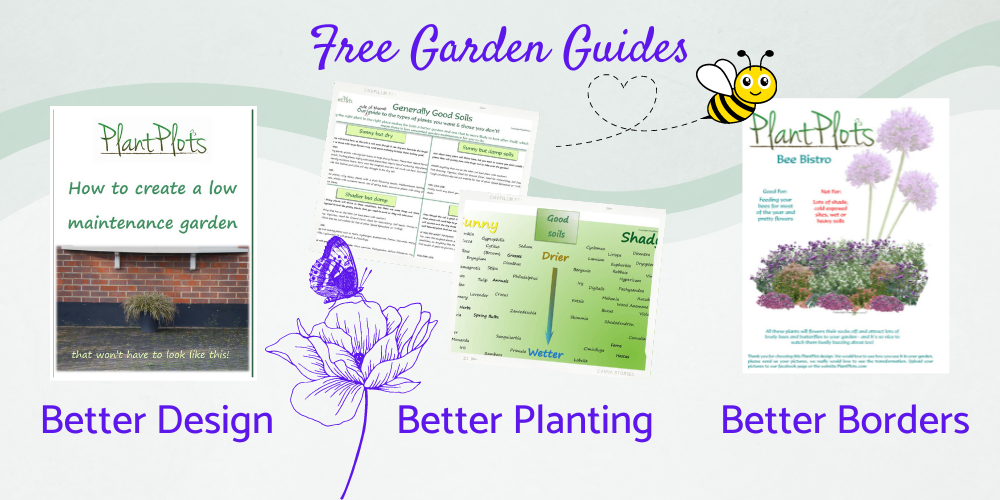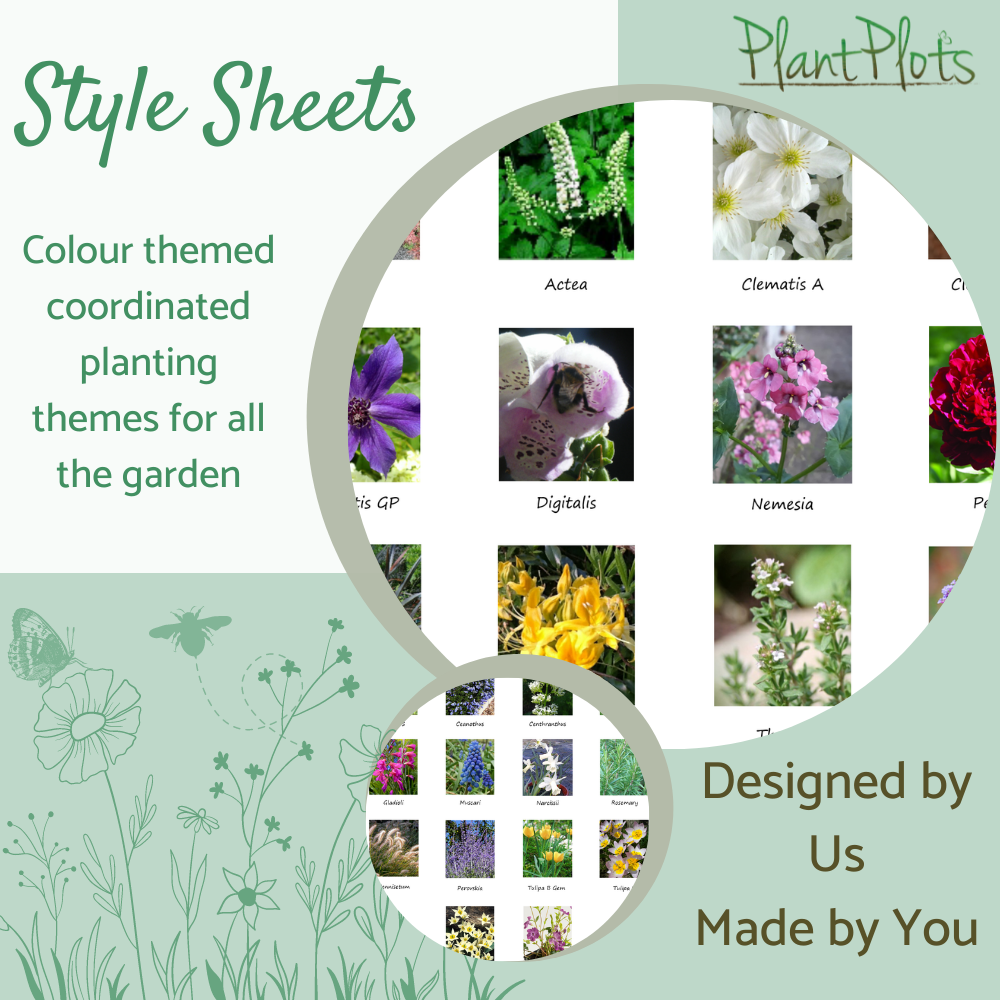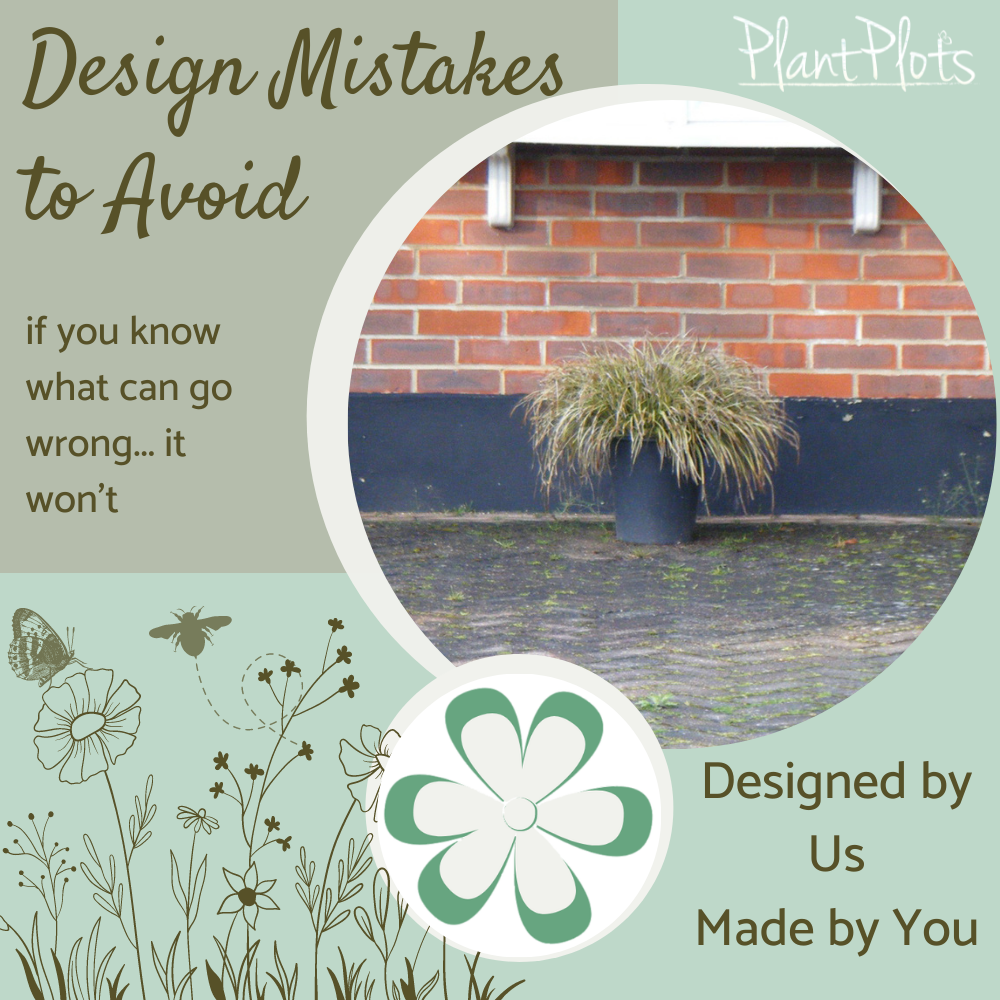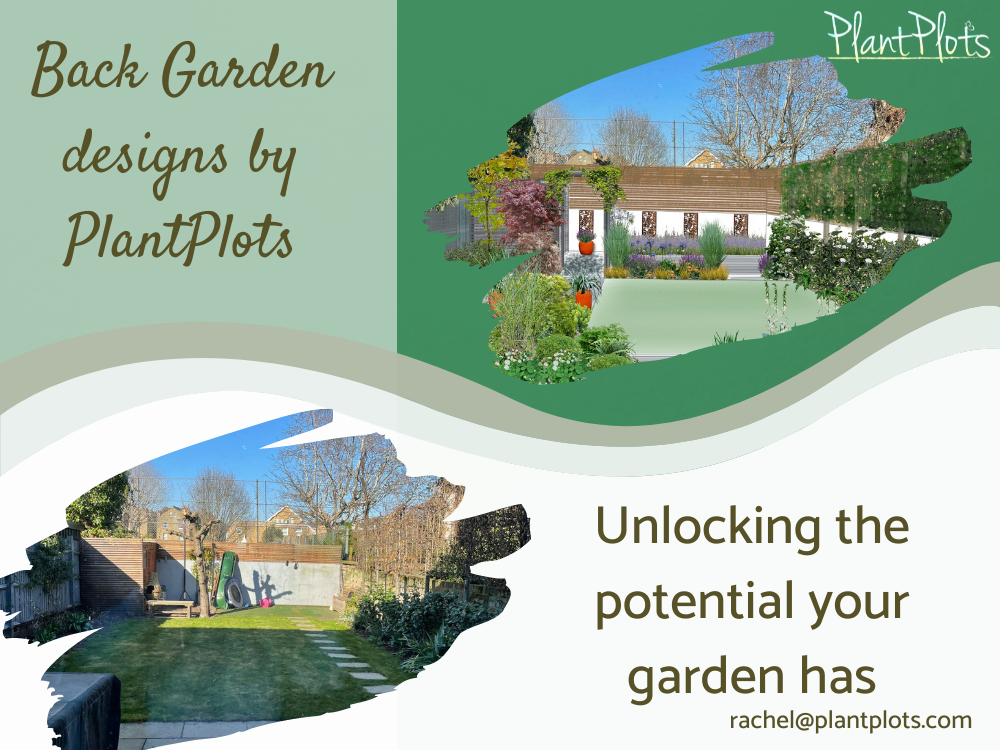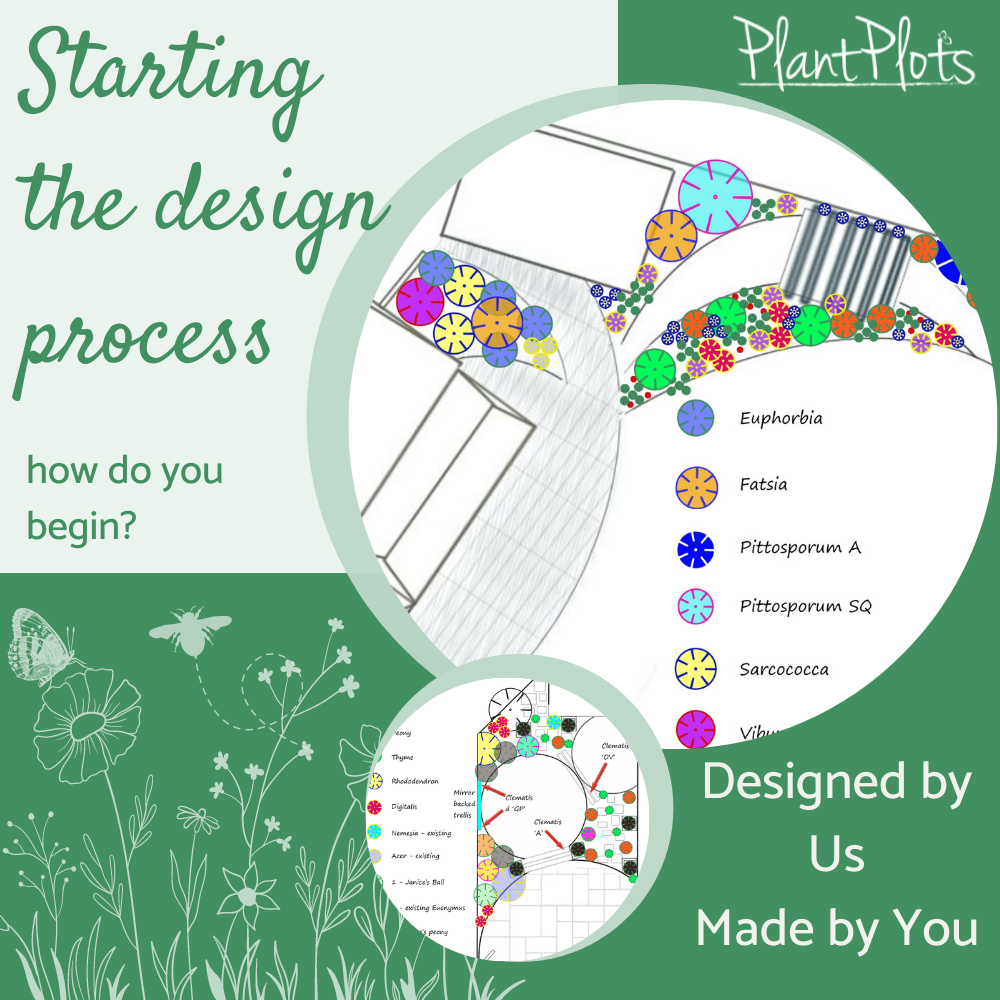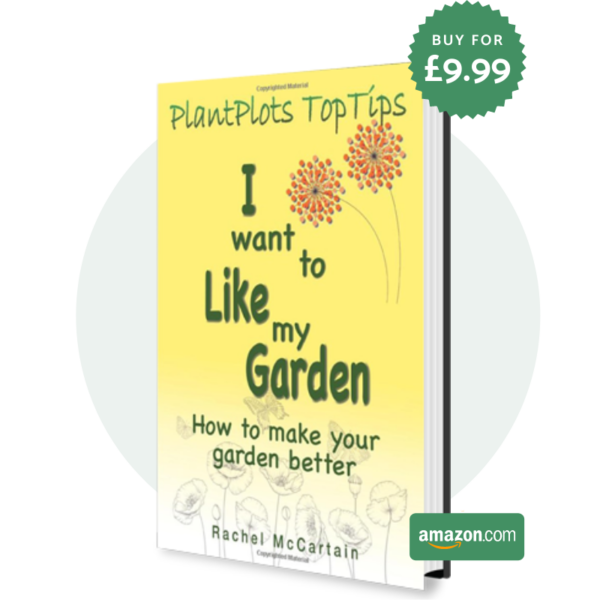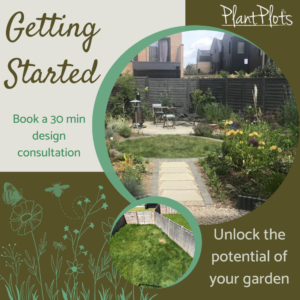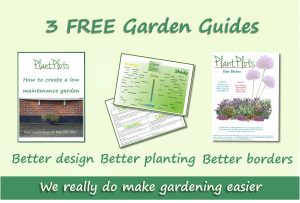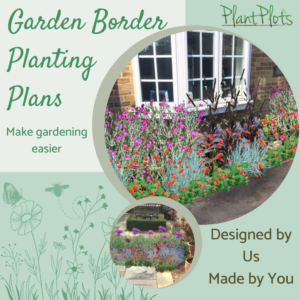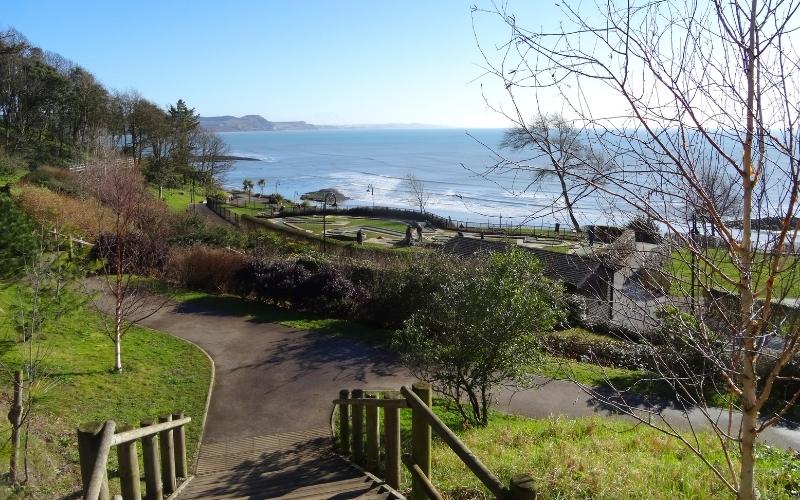
Seaside Gardens – great or not?
Sounds romantic doesn’t it, the thought of sitting in the garden watching the sun set into the sea. And there are many days that is possible, sadly in the UK, there are many days when it’s not! Seaside gardens contend with two problems wind and salt.
So if you have a garden by the sea, you have to decide what you really want. Is it an unencumbered view of the sea – you will have to sacrifice most garden plants.
If it is a lovely garden then you will have to sacrifice the view of the sea – as you will need a shelter belt of tough salt tolerant shrubs.
Having said that seafront gardens can be packed full of plants. They do not have to just consist of sea kale and a few tiny low growing plants clinging onto the shingle.
The first element is to protect plants from the wind until they are established. You have to plant the shelter belt first. Ensure these plants although tough, have some protection (a mesh panel is good to start with and is easy to remove later).
There are some useful tips to help you get started;
Use plenty of bulbs these die down in winter and are thus protected from the worst storms.
Use salt tolerant shrubs on the sea’s side and plant your more tender plants on the other side for added protection.
Plant more densely than normal, that way each plant protects and holds up each other.
Do consider using frost tender plants – you can generally avoid frost on the coasts, so you can grow stuff no one else can.
Lastly if you use fencing as a windbreak use open slatted panels rather than the standard larchlap panelling. This allows the wind through the panel with less chance of the wind blowing down the panel.
A wind break isn’t a wind block – it slows the wind down rather than stops it.
For more amazing garden advice – buy our book. Written to help make your garden better.
Creating any garden border planting plan can be tricky, especially if you don’t know much about plants. Knowing what to plant in the garden or how to design a planting scheme can be difficult, so to help, we have written a number of articles that lead you through the process. From how to plant a garden to more specific planting issues such as windy gardens, dry gardens, wet or exposed garden planting and even how to plant a vertical garden.
